Hemis National park- the highest and largest national park of India
Hemis national park gets its name from the 400 years old Hemis monastery, which lies within its boundary.
It is nestled in the lap of mountains and is at an altitude range between 3000 -6000 metres. It is the highest national park of India and is known globally for snow leopards. With a total area of 4400 square kilometres, it is also the largest national park in South Asia.
Meet the mammals
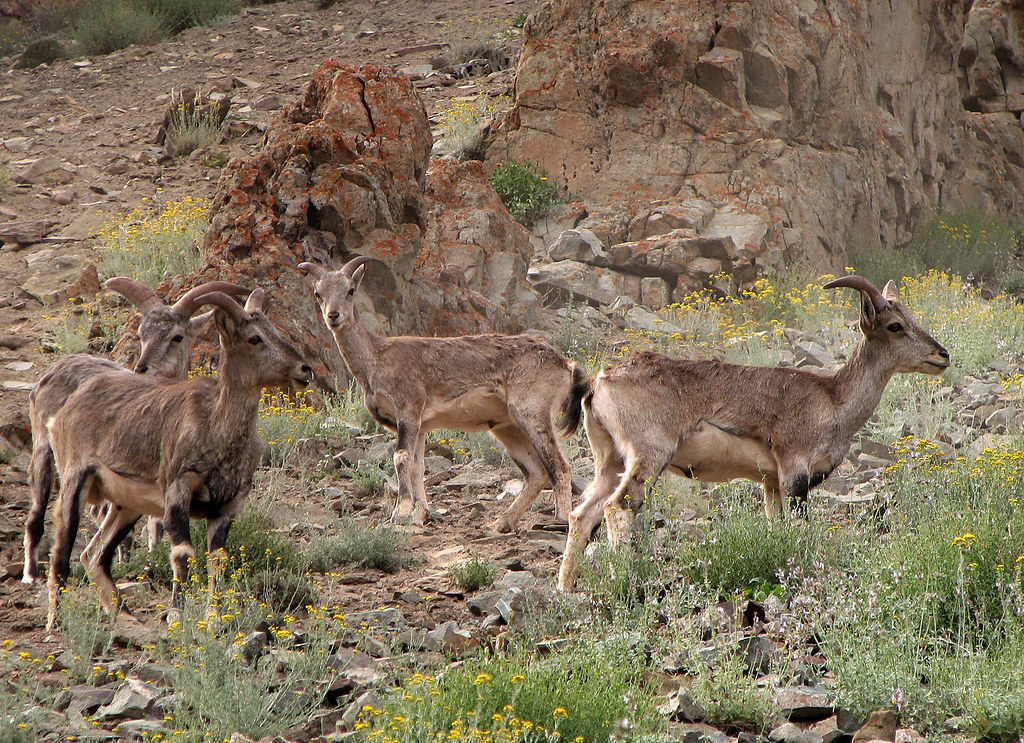
Apart from the snow leopards, there are other animals like Bharal (Blue sheep), Great Tibetan sheep ( Argali in local), Eurasian brown bear, red fox , Himalayan mouse hare . There are around sixteen species of mammals in the park and most of them are endangered. Hemis park is the only place in India where you can find shapo ( or Urial), a subspecies of wild sheep also known as arkars locally. .
Birds of Hemis
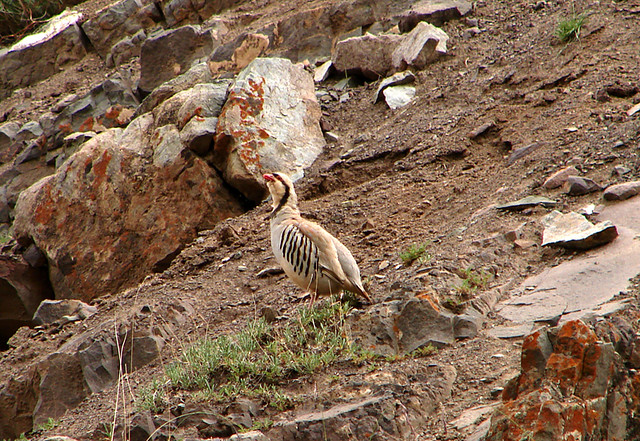
The Rumbak valley region of the national park is great for birding. There are more than 73 species of birds here. One can sight golden eagle, Himalayan snow cock, black winged snow finch, Chukar patridge, different families of vultures etc.
The forest
This region is rain shadowed, as it is sheltered by the Himalayas. Hence the park predominantly has dry forests . The type of vegetation differs on the upper moist slopes of the mountain. More than 15 different endangered medicinal plants are also found in this park.
By the way, there are more than 1500 people who live within the premises of this national park. The park is surrounded by 5 villages, Shingo, Chillinga, Yurutse, Rumbak, and Sku-Kaya. There are prayer flags on the way. You will also find Indus and Zaskar river flowing at its boundaries .
Doesn’t all this sound very exotic !
Beauty beyond the wildlife
This park is at a high altitude and it is not easy to see the wildlife. But this is a mountainous national park. Even if you miss out on the wildlife the rugged landscape, the peaceful monasteries and the Indus and the Zanskar rivers will make you forget about everything else. Rafting is also an option in season. Wildflowers smear the mountains in summer and if you have planned well, you can catch the Tse-chu festival which is the annual birthday celebration of of Guru Padmasambhava.
If Snow leopard is a must meet for you, then opt for October or November. It is also a good time for trekking and cycling.
Best time to travel to Hemis National Park
May to October is a good time to visit Ladakh and Hemis national park. For the culture vultures, don’t forget to match your dates with the Hemis Monastery festival that happens between June and July. You will have to plan it in advance as the place gets a little crowded. Travelers must budget a day or two for acclimatization – only then you can enjoy this experience. Ladakh is not meant for weekend trips.
How to reach Hemis National Park
Leh is connected by flights from Delhi, Srinagar, Jammu and Chandigarh. For people staying in other cities, flying to Delhi and taking a connecting flight to Leh is a good option. From the airport you can drive down to the national park.
In case you want to drive to Leh, you can either drive through the Leh-Manali highway or the Srinagar-Kargil-Leh highway. The first one is open from mid-June to October. The latter is open from May to November. The journey is very picturesque. But it is a long route and you must stopover for a night in between.
For more such wildlife experiences, please read about some of the wildlife experiences in India .
In case you are a nature lover, check out the natural wonders of India.
In case you are keen on traveling to Hemis national park, you could take a look at the Ladakh itinerary You can cover the Nameri national park as a part of this itinerary.
India is not just about wildlife. There are many more facets to this ancient land – culture, mystery, history, nature and so on. Read more about how the different facets of India travel are celebrated.

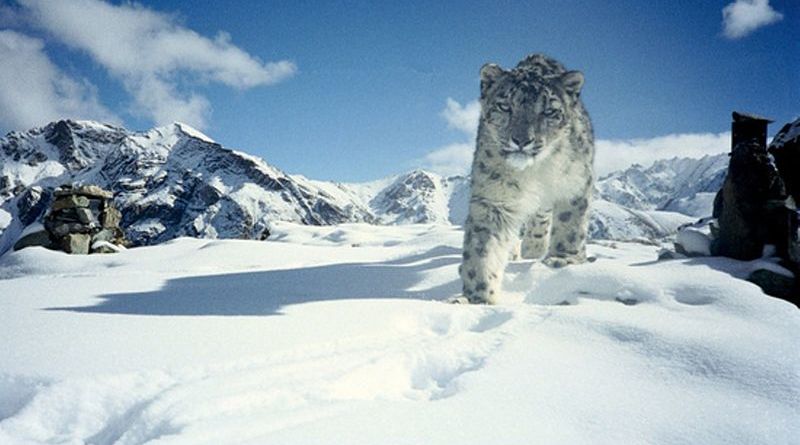


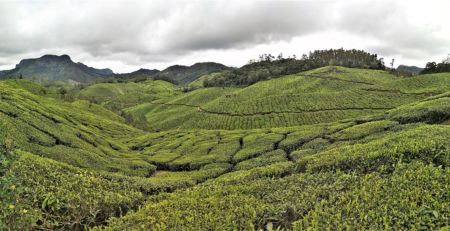
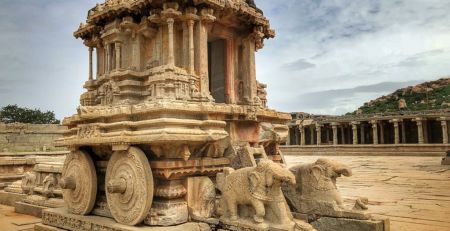
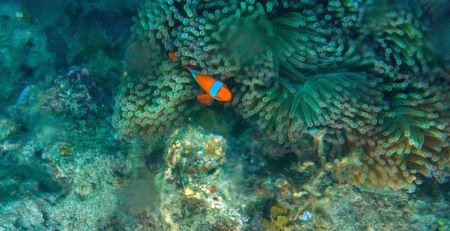
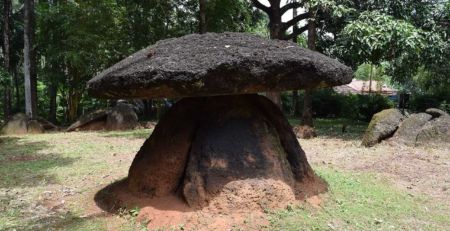
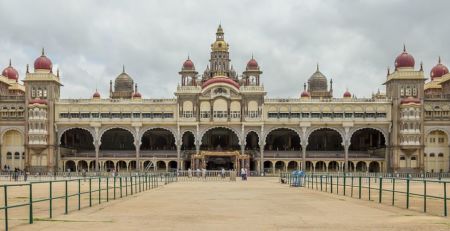
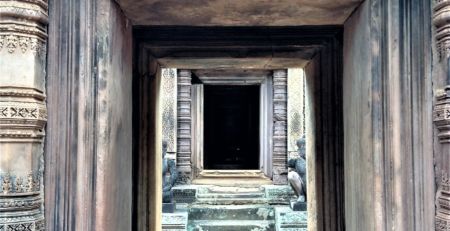
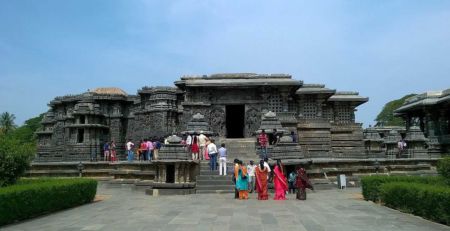
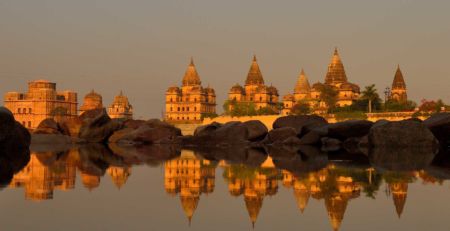
Leave a Reply